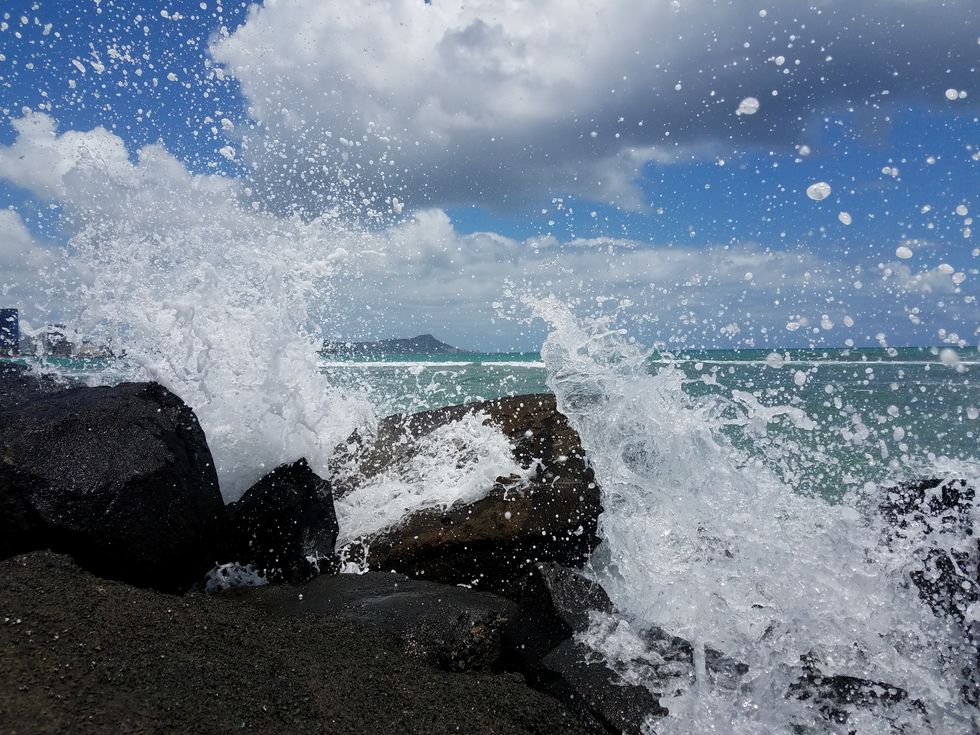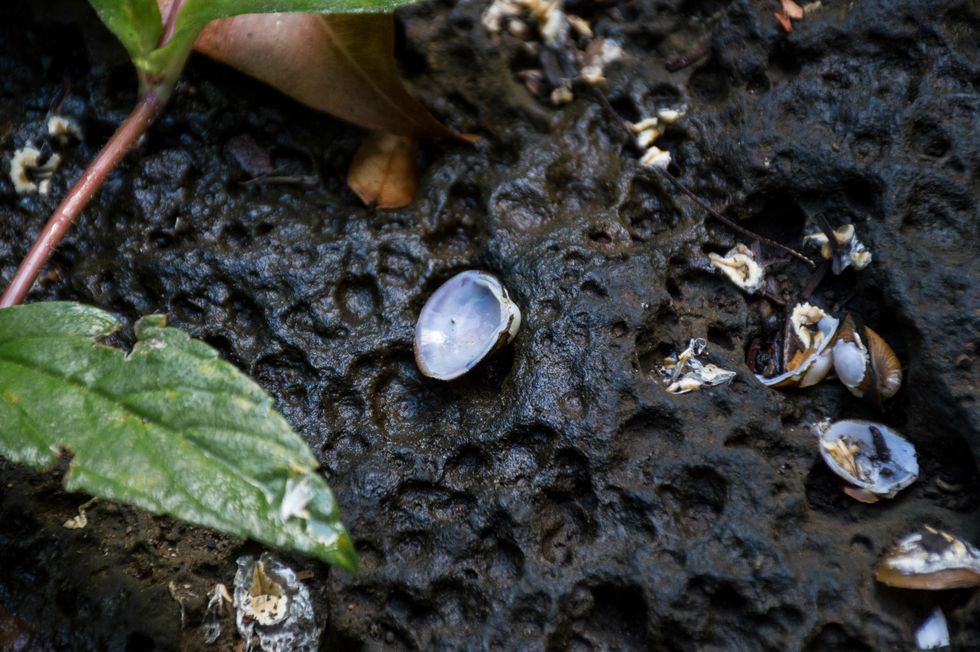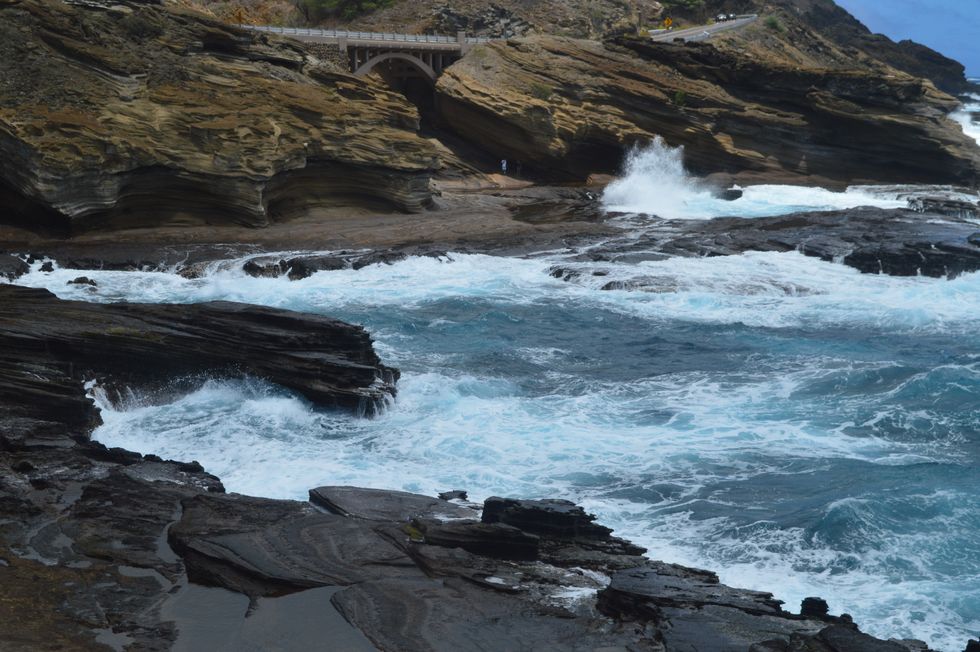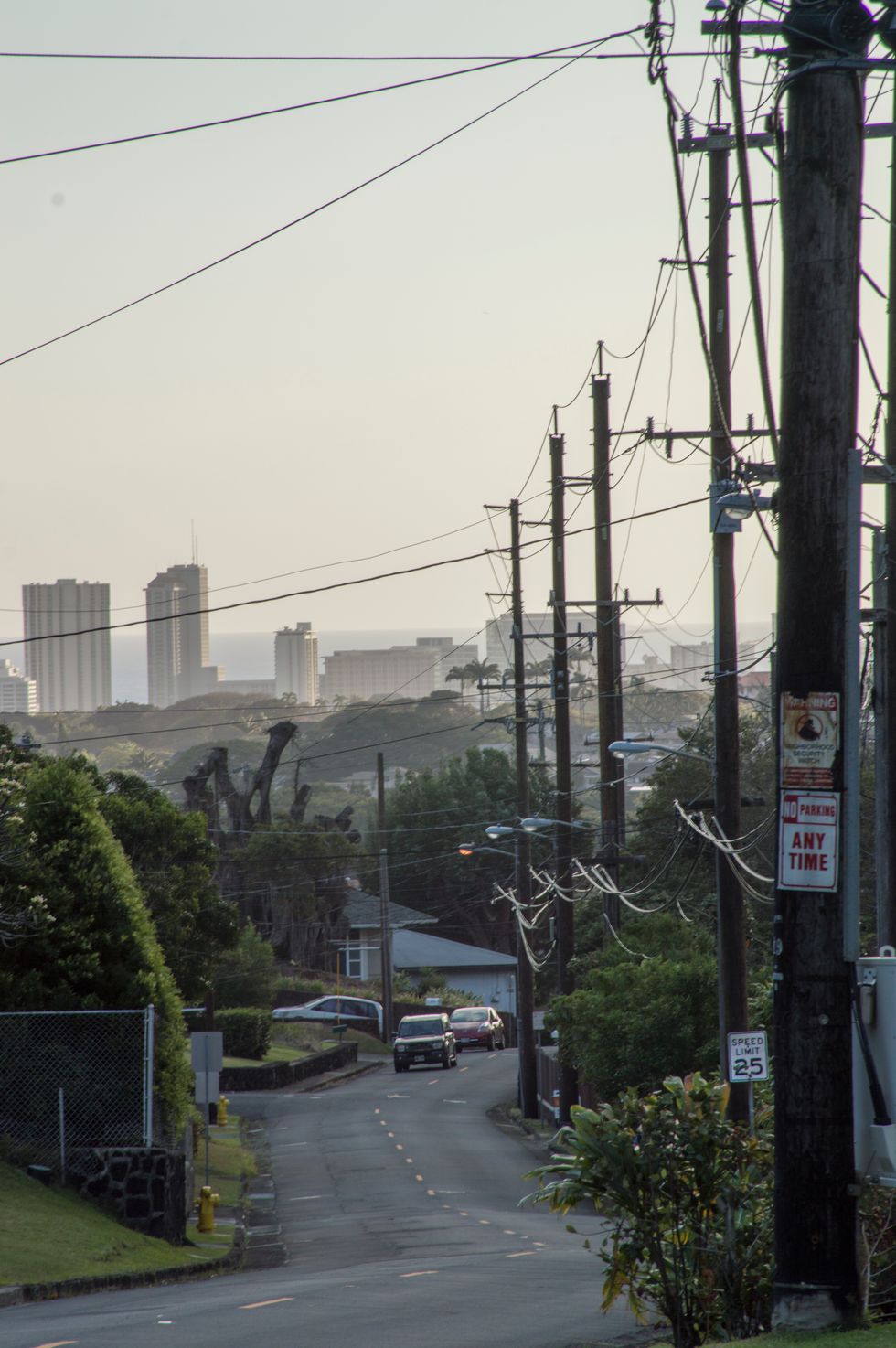When most people picture Hawaii, they imagine sunny beaches, sunset luaus, hula dancers, and grass huts. To a certain extent, they are right. But as somebody who’s grown up in paradise, those things can tend to get old pretty quick. With the exception of going to the beach, most locals shun these activities, in favor of more rewarding (and less expensive alternatives). Locals, understandably, know Hawaii better than any tourist or travel blog could. Popular activities include hikes, secret beaches, and eating good food.
I’ve tried to take this understanding and show a few photos of the side of Hawaii that most people don’t see.
While many people imagine Hawaii as a vast, unspoiled landscape, the reality of it is that a vast infrastructure of hotels and commercial areas has been created to support tourism. Personally, I don’t think this is a bad thing, tourism makes up the vast majority of the economy and is vital to locals, but it’s worth noting that Hawaii is neither untouched nature nor an urban cityscape, but a unique juxtaposition of the two. In my neighborhood alone, there are roads flanked by copy-and-pasted houses, that continue on as dirt paths into the jungle. On other areas of the island, the road is only a few feet above sea level, and houses are raised ten feet up as a precaution to flooding. As urbanized as Hawaii has become, it has still retained its wild roots.
This is a view of the ocean. While many people from the mainland have never seen a view like this, likewise many people from Hawaii only know this view. Every time I fly out, I’m struck by how far the land reaches. Having grown up here, I always imagine it to be large, but when compared to just the West Coast, it’s minuscule. It’s a good reminder that you don’t always understand your surroundings, until you leave them, and have a chance to experience something different.
This picture gives another perspective on Hawaii, from a residential area. People tend to forget that people live in Hawaii. This view is typical of Hawaii suburbs, the geography of the island means that most housing, except for apartments buildings in the distance, is on the mountain, above sea level. This means that almost all houses have some view of the ocean, as cluttered as it may be by development and power lines.



















